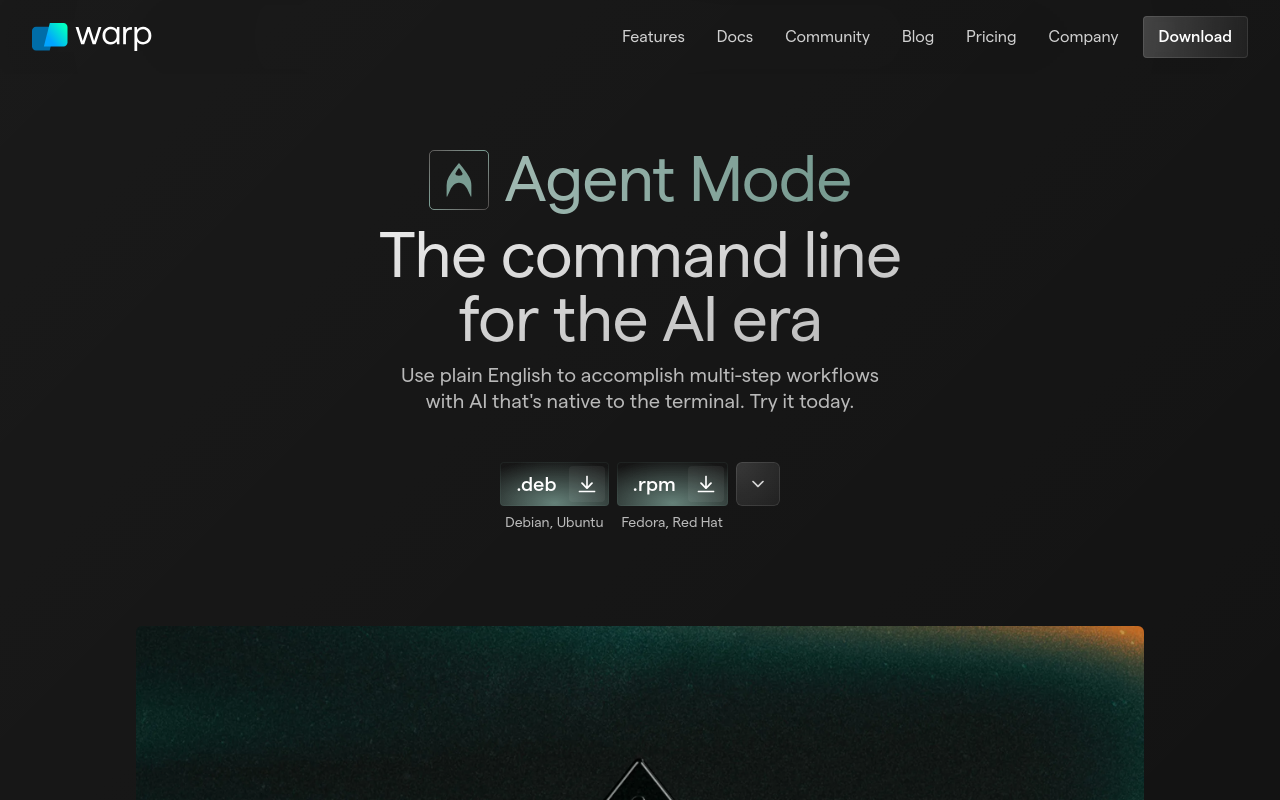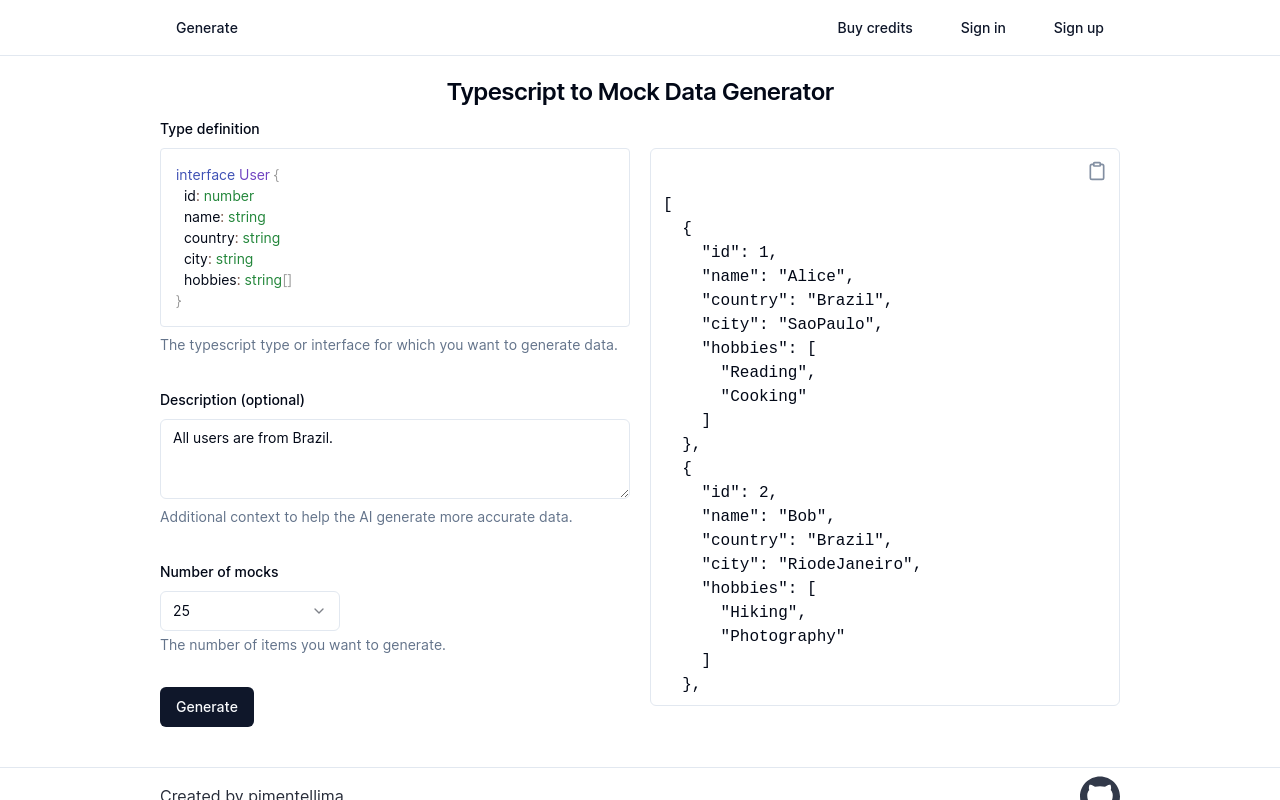Lightning AI
Turn ideas into AI lightning fast with zero setup, from coding to deploying and hosting AI web apps.
Best for:
- AI Researchers
- Data Scientists
- Machine Learning Engineers
Use cases:
- Multi-node training
- Prototyping AI Models
- Deploying AI web applications
Users like:
- Research and Development
- IT
- Product Development
What is Lightning AI?
Quick Introduction.
Lightning AI is a comprehensive platform designed to simplify the lifecycle of AI projects from prototyping to deployment. Created for machine learning engineers, data scientists, and AI researchers, Lightning AI provides an environment that marries local development functionality with cloud computing power. Whether you are training Large Language Models (LLMs), performing multi-node training, or deploying AI web applications, Lightning AI orchestrates the entire process. Featuring pre-packaged Python, PyTorch, and CUDA environments, the platform enables users to sidestep tedious setup tasks and focus directly on innovation. This zero-setup environment mimics local development experiences while leveraging powerful GPUs and infinite cloud storage.
The target users for Lightning AI range from academic researchers requiring fast iterations on hypotheses, to enterprise teams aiming for efficient multi-node training, and individual developers needing a streamlined, scalable development environment. By removing environment discrepancies and optimizing resource management, it significantly boosts productivity and helps in bringing AI-driven solutions to market faster.
Pros and Cons
Pros:
- Zero-Setup Environments: Save weeks of installation and configuration time with pre-installed packages and dependencies.
- Efficient Multi-Node Training: Rapidly scale projects with multi-node capabilities, reducing job runtimes significantly.
- Integration with Popular Tools: Seamless integration with VSCode, GitHub, Streamlit, Gradio, among others.
Cons:
- Cost Efficiency: Although cost-effective for high-demand tasks, the pay-as-you-go model may become expensive for large-scale continual use without managed planning.
- Learning Curve: While designed for simplicity, users new to cloud-based environments might find the initial learning curve steep.
- Platform Dependency: Relies heavily on cloud resources, causing latency issues in regions with slow internet speeds.
TL;DR.
- Rapid Development: Prototype to deployment in a single, cohesive environment.
- Scalability: Multi-node capabilities together with GPU swapping and zero-setup configurations.
- Integration: In-browser coding with all necessary ML tools and environments pre-installed.
Features and Functionality:
- Zero-Setup Environments: Automatically pre-installed Python, PyTorch, CUDA, and other dependencies to kickstart development without delay.
- Multi-Node Training: Effortlessly launch multi-node training for large models, dramatically cutting down on training time.
- Cloud Development: Offers a cloud-based development experience similar to local setups, combining powerful GPU resources with infinite storage capacity.
- Integrated IDE: Compatible with favorite IDEs like VSCode, either in-browser or connected locally, reducing the overhead of switching tools.
- Effortless GPU Swapping: Switch backend compute from CPU to multiple types of GPUs without manual reconfigurations.
Integration and Compatibility:
Lightning AI integrates seamlessly with prominent development tools and platforms including:
- VSCode: Achieve in-browser coding experience identical to local machines with all native plugins.
- GitHub: Enables version control and team collaboration by tracking code changes.
- Streamlit and Gradio: Direct integration for hosting and sharing AI applications.
- Popular Cloud Providers: Uses AWS credits for scaling, also integrates with S3 buckets for infinite file storage.
Benefits and Advantages:
- Time-Saving: Reduces project setup and iteration times significantly, from days to hours.
- Enhanced Collaboration: Allows multiple users to debug, code, and share files collectively, facilitating smooth teamwork.
- Resource Optimization: Dynamically switch between resource-heavy GPUs and local machine environments efficiently.
- Cost-Effectiveness: Flexible pay-as-you-go pricing saves money by paying only for the used compute time.
- Scalability: Effortlessly scale from single-node to multi-node environments, facilitating large-scale AI projects.
Pricing and Licensing:
- Free Tier: Includes 1 free active Studio (24/7) and 22 free GPU hours per month.
-
Pay-As-You-Go Model: Pay by the second for compute time.
Do you use Lightning AI?
No charges when the system is idle.
- Upgradable Plans: Unlock advanced features like multi-node training and serverless deployments.
- AWS Credits: Use your AWS credits to offset costs in a seamless manner.
Support and Resources:
Support options available for Lightning AI include:
- Customer Service: Direct support through email and chat for real-time problem-solving.
- Documentation: Comprehensive guides covering everything from basic set-ups to advanced use-cases.
- Community Forum: Active forums on Discord and GitHub for peer assistance and community collaborations.
- Expert Guides: Step-by-step tutorials crafted by AI experts to help users get the most out of the platform.
Lightning AI as an Alternative to:
Compared to Google Colab, Lightning AI offers far superior capabilities for multi-node training and greater control over resource allocations. While Google Colab can be an excellent choice for limited scale experiments, Lightning AI caters perfectly to more demanding projects involving extensive, scalable model training without the interruptions prevalent in Colab’s free tier.
Alternatives to Lightning AI:
- Google Colab: Great for beginners and small projects, it’s free but has limitations in computing power and runtime.
- IBM Watson Studio: Offers advanced deployment capabilities but generally comes with a higher pricing model. Good for enterprises seeking robust infrastructures.
- Microsoft Azure ML: Focused on enterprise-scale deployments with powerful compute resources, though with a significantly steeper learning curve and more complexity in initial setup.
Conclusion:
Lightning AI significantly enhances productivity and efficiency in AI development by providing a zero-setup environment that is powerful yet easy-to-use. From its flexible resource management to seamless multi-node training, Lightning AI is a robust tool suitable for everyone, from researchers to enterprise AI teams. Its streamlined functionality and broad compatibility ensure that projects can be rapidly taken from prototype to scalable deployment, solidifying its role as an indispensable tool in modern AI workflows.



